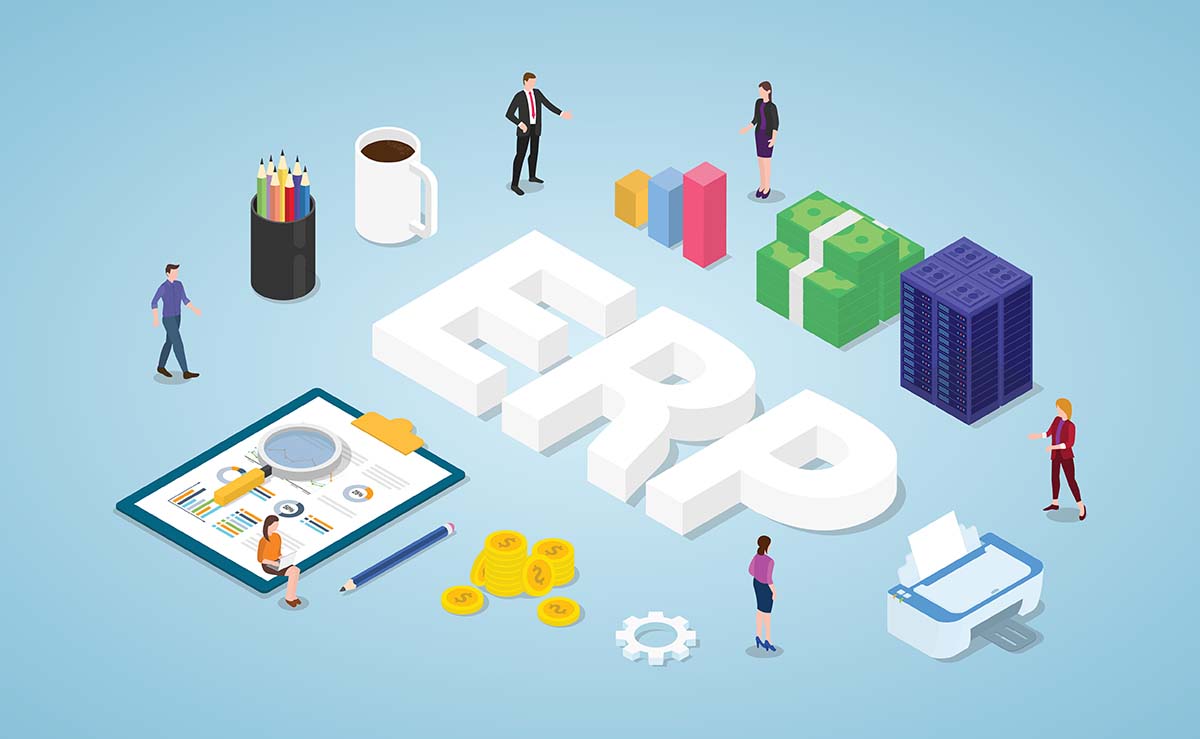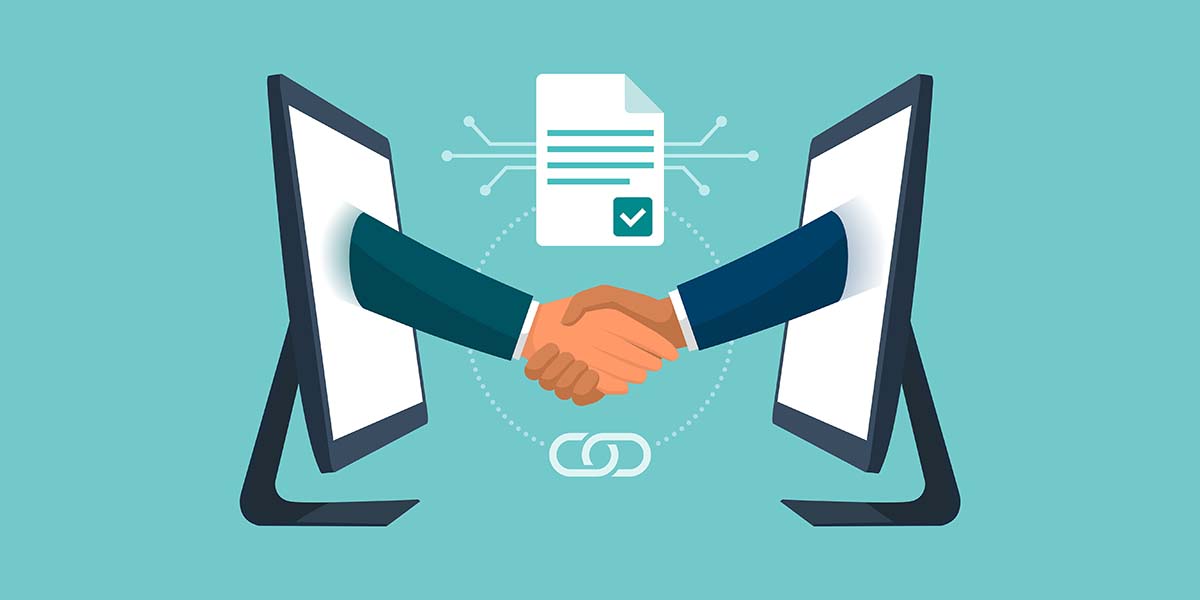Navigating ERP systems can be a complicated process if you go at it alone. This guide will help you increase your understanding of ERP systems.
Organizations receive significant benefits by migrating to modern, well-designed ERP systems.
A new ERP system provides an opportunity for staff to develop the optimal solution for the future state of the business. It is a chance to leverage newer technologies like cloud, process automation, modern user experiences, more access to data for reporting and analytics, app to app integration, etc.
In surveying many of our clients’ projects, we find most companies receive these typical benefits from upgrading to a new ERP:
Sales
Purchasing and Inventory
Customer Support
Accounting
Manufacturing
Not sure if the time is right to upgrade your ERP system? Here's our list of top reasons to upgrade:

Regarding ERP systems, the term upgrading has two different means. "Upgrading" typically refers to going from the existing application version to the most up to date version with the same vendor. However, some use the phase "Upgrading" to describe the process of migrating from an existing application to a completely new package from a completely new vendor. Often organizations don't upgrade and are on older versions and their legacy vendors force them to upgrade to a new version. When this happens, it's a great time to consider all of the options in the market. But no matter the reason for upgrading your ERP System, an upgrade is disruptive so gaining consensus and cooperation across leaders throughout your organization is key to gaining support and needed resources to perform the upgrade.
The top reasons to consider an upgrade to your ERP system are:
If you suspect you need an upgrade you will need buy-in and support from others. Here are brief points to consider for putting together the business case for upgrading, which will boost internal support:
Lessons to keep in mind:
NOW start the selection process.
As with most purchases, you have options when it comes to ERP. There are dozens of vendors in the market, each with their own unique offerings. Use this guide to familiarize yourself with the most prevalent ERP systems.

We have established a tier system for understanding ERP systems that is based on size of an organization.
ERP Advisors Group was excellent through the whole process and was able to give it a degree of attention that we didn’t have the bandwidth to do ourselves.
Read More
Selecting an ERP system is no easy feat. You'll need help. Luckily, that's what we're here for. Years of experience has brought about a tried-and-true method of selection, and we're about to share it with you.

After making the decision to embark on an ERP journey, your first priority should be to pinpoint the areas of the business that need better automation with a new ERP system by determining the following:
Going through these steps should provide an answer to the following question: can the product that we are evaluating accomplish what we need it to or not?
Now, you have to set a standard by which you will judge ERP software. The following list is our tried-and-true software selection criteria:
During the process of working with ERP Advisors Group, we learned about solutions and partners that we might not have known. The team at ERP Advisors Group was really responsive to what we wanted. They had a great framework."
Read More
Don't let these common implementation errors hinder the success of your ERP System. Our proven methods for implementation are guaranteed to set your company up for ERP success.

The biggest ERP system challenges occur during the implementation. These projects are difficult and rarely go off without a hitch — you have to be prepared to confront problems as they come up.
These are some of the challenges you might face as you go through an ERP system implementation, as well as how you might address them.
Your implementation is over budget but you are not live yet.
You thought the implementation partner was going to be your Project Manager.
You thought the implementation partner was going to migrate your data, but they won't.
You are frustrated to find out you cannot bring all of your historical data into your new system.
ERP Advisors Group is your independent ERP consulting firm dedicated to objective and unbiased advice for all phases of ERP projects.
Let us know what help you need for your ERP system.
Colorado
390 Union Boulevard, Suite 540
Lakewood, CO 80228
866-499-8550
303-350-3087
info@erpadvisorsgroup.com
Florida
600 Cleveland Street, Suite 379
Clearwater FL 33755
866-499-8550
info@erpadvisorsgroup.com
Terms & Conditions | Privacy
© 2025 ERP Advisors Group